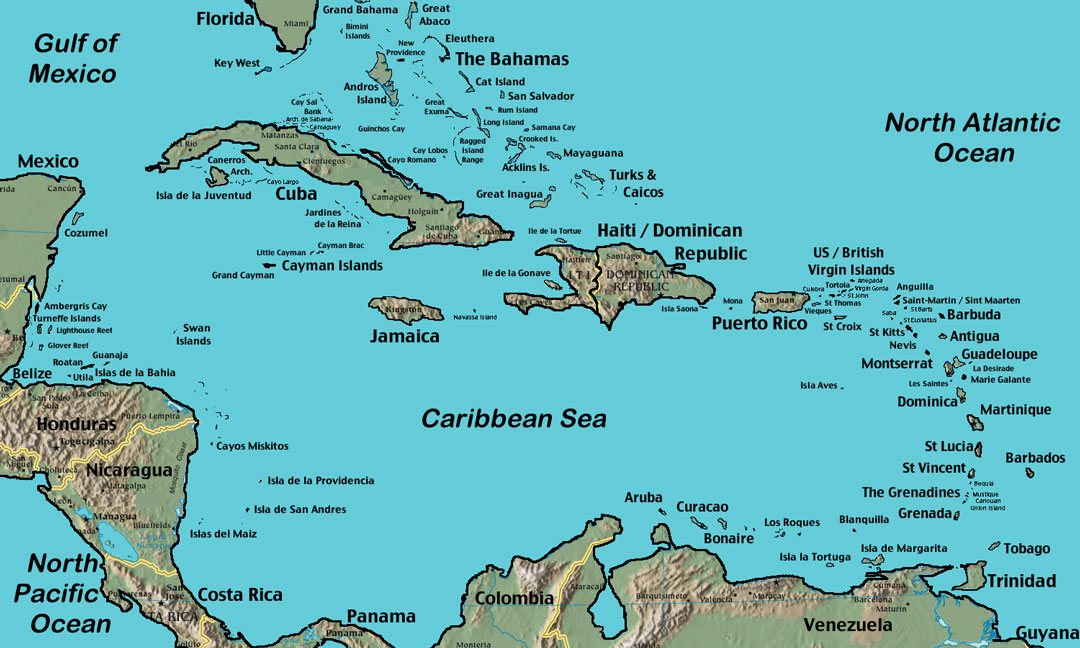NAVIGATION EQUIPMENT & METEOROLOGY UNIT
NAVIGATION EQUIPMENT
Learners find out about the equipment that must be checked before a vessel enters or departs a port. Learners find out about the bridge, engine and steering gear checks. Learners find out about the function of the magnetic compass, gyro, echo sounder, radar, AIS, GPS, astern propulsion and steering gear.
To complete this lesson, a candidate must get 70% from 8 MCQs after watching 6 videos and reviewing 3 documents, including:
- Deck Pre Departure checklist
- Engine room pre operation checklist
INTERPRETING WEATHER FORECASTS
On successful completion of this course, learners will be able to use graphic and text weather bulletins obtained from a Navtex receiver or the Met Office to identify wind speed and direction, low and high pressure systems. Learners will be able to use Buys-Ballots law and the Beaufort wind scale. Learners will be able to visualise the weather described including wave heights and to recognise approaching weather systems from cloud cover types and wind shifts
To complete this lesson, a candidate must get 70% from 21 MCQs after watching 6 videos, including:
- Cloud types & Weather map symbols
- Weather systems and Precipitation
ENTERING AND DEPARTING PORT
Learners find documents about the communications used between ship and shore, in port approaches, including: pre arrival status reports and berthing instructions, the format and contents of navigational warnings and Standard Marine Navigational Vocabulary.
To complete this lesson, a candidate must get 70% from 21 MCQs after reviewing 12 documents, including:
- Pre Arrival status report
- Berthing instruction pro forma
Keep reading
We will explain STCW and give some more information about the Basic Safety certificate.
Links coming soon
